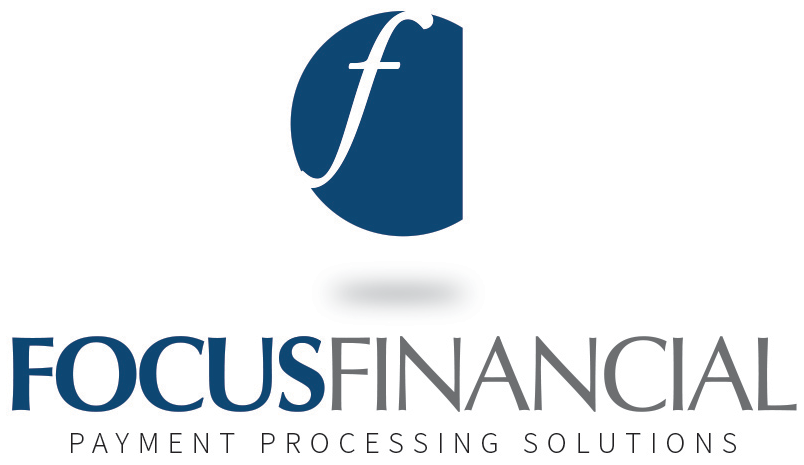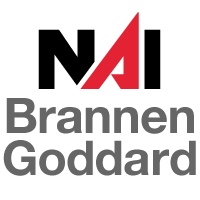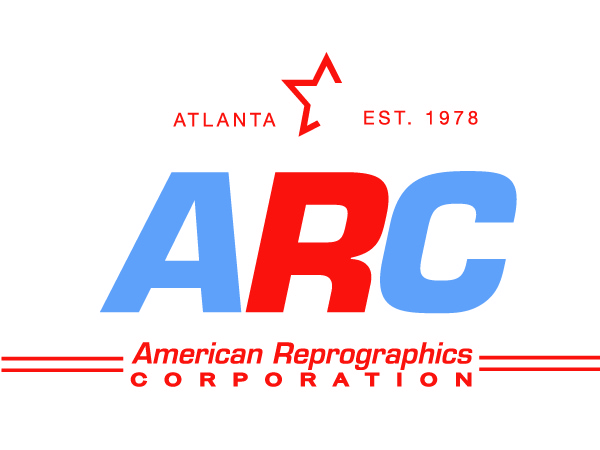 Do you sometimes feel like you discuss and solve the same problem or issue over and over again? Sometimes it has to do with how well we are delivering our product or service, or lack of profitability, or the poor performance of an individual. Regardless of the issue – it just seems to stubbornly reappear.
Do you sometimes feel like you discuss and solve the same problem or issue over and over again? Sometimes it has to do with how well we are delivering our product or service, or lack of profitability, or the poor performance of an individual. Regardless of the issue – it just seems to stubbornly reappear.
My good friend and fellow – EOS Implementer, Dan Wallace, taught me a powerful analogy – “issues are like dandelions”! Growing up, one of my chores was to mow the yard. In the summer, our yard would break out in a sea of yellow flowers called dandelions. Those of you familiar with this “weed” know that you can make them disappear by simply mowing the yard, but within a few days – the yellow sea of flowers reappears. Just like some of our stubborn issues.
I was recently listening to a podcast where Horst Schulze, the man who defined the luxury hotel experience through his long tenure as President of The Ritz Carlton Hotels, was describing one of those stubborn issues that seemed to have a life of its own.
He shared a story of one of the hotels he managed where half of all the customer complaints were for slow room service. Schulze called the department head responsible for room service and pounded the table to show how important the issue was. But people still complained as much as before.
He then charged the kitchen staff to figure out why room service was slow. The kitchen staff — the order taker, waiter, busboy, and cook — discussed the entire process. They listed out the steps, from receipt of order through kitchen preparation and delivery to the room. Each step was quick except for the delivery. It often took the waiters 20 minutes to go from the kitchen to the room.
So, he went to the house engineering staff who confirmed that the elevators were all working fine — elevators could go from the bottom to the top floor in less than 160 seconds. Then some kitchen staff rode the elevators during the morning rush period and watched. They discovered that the houseman, who delivered linens to the maids, blocked the elevator doors with linen carts to expedite his linen deliveries. This effectively removed elevators from service just when they were needed.
Of course, the next questions are obvious. Why is the house staff using the elevators so much? It turned out that there weren’t enough linens to stock the beds, plus laundry, plus fresh supply, so the house staff had taken to ‘stealing’ it from other floors.
Upon asking why they only had two sets of sheets, he was told that when the hotel opened, “management” (him) decided in the interest of saving expenses, to get rid of the 3rd set of sheets? Schultz admits room service was slow because he made the decision to reduce the number of sheets.
The obvious moral of the story is — before discussing solutions, determining what the root cause is – otherwise, we just put Band Aides on the symptoms – and bingo, we have a field of dandelions.
How do we kill “dandelions? How do we break the habit of jumping into discussing problems without first taking a step back to determine what is the root cause? In EOS, we have an incredibly powerful issue-solving tool called, “IDS” which stands for Identify, Discuss and Solve. In this 3-step process we focus intently on discovering the real issue. One technique for getting to the real issue is to keep asking the question, “Why” until we agree we’ve identified the root. Room service is slow! Why? The elevators lack capacity! Why? Because house keeping is blocking the doors open while they exchange linens! Why? Because we only have two sets of sheets instead of three.
Interesting, when you apply the discipline to dig for the real issue before discussing, the solution(s) are often obvious and there is little need for discussion.
Next Steps
Check the strength of your company with a free Organization Checkup. It only takes 10 min and you get an immediate report.
Download a free chapter of Traction—the book that shows you how to focus on the 6 key areas of business
Request a free 90-Minute Meeting for your leadership team – to get a clear picture of what it looks like to run your company on EOS®

















